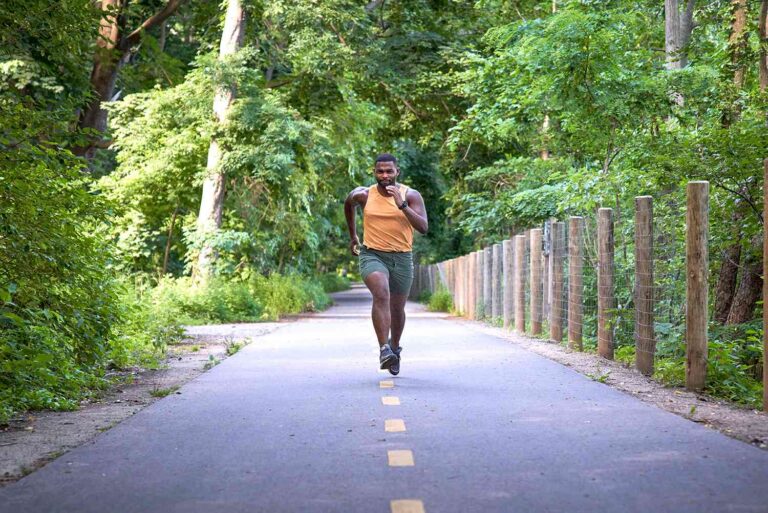Trail running is all about running on trails, rather than running on concrete urban paths or paved roads. As per Steven Rindner, at its essence, trail running is an escape and a means for modern day exploration. For many, trail running is about leaving the stress and strains of everyday life for a 30–40-minute getaway on a local trail, while pushing one’s limits, improving fitness, and rebuilding a connection to nature.
Steven Rindner discusses important aspects of trail running
As every trail is different, every run on a trail would also be an entirely unique experience. Even though some trails are flat, dirt paths that wind through a park, majority of them tend to be rolling routes with a variety of unique obstacles and features. One can come across rocks, gravel, roots, stream crossings, fast descents, steep climbs and more, on their run.
As every trail is different, every run on the trails would be a unique experience. This form of running allows the runners to enjoy exceptional views of mother nature, experience always changing weather, and even get the opportunity to spot wildlife. These aspects of trail running are among the major factors that make it among the fastest-growing sports of the 21st century.
Even though it is possible to run on trails in the same running shoes one wears for typical road running, buying a dependable pair of specialized trail running shoes would be a good idea. Trail running shoes are designed for running off-road on natural surfaces. Hence, they tend to be equipped with trail-specific features that help runners to optimize their experiences. Trail running shoes may have reinforced sidewalls and rock plates, protective toe bumpers, as well as sticky-rubber outsole lugs for added traction. Certain other accessories, like a waterproof jacket and arm sleeves, appropriate hydration pack, and trekking poles, would also be important on a trail run.
Owing to the several unique variables one may encounter when trail running, starting from sparsely populated routes and variable terrain to unpredictable weather, it is vital to take a few precautionary steps to ensure one’s safety. Having a good understanding of the route one is running, carrying a map and bringing a small first-aid kit would be important, especially for people new to the activity.
In the opinion of Steven Rindner, recommends people new to trail running to take things slow, and gradually build skills. One should start by increasing their distance gradually, along with the technicality of the trails to be tackled. It is better to move from flat, well-groomed paths to more undulating or rocky routes as one becomes a more confident trail runner.
Hill training would be beneficial when training for a trail run, as it helps build the strength and endurance required for more rugged trails. Alternating run intensities, such as including speed bursts or interval training on gentler segments, can also improve cardiovascular fitness and overall performance. Strength training would also play a crucial role. Runners should particularly focus on their legs, core, and glutes, which are critical for balance, stability, and injury prevention in off-road conditions.
